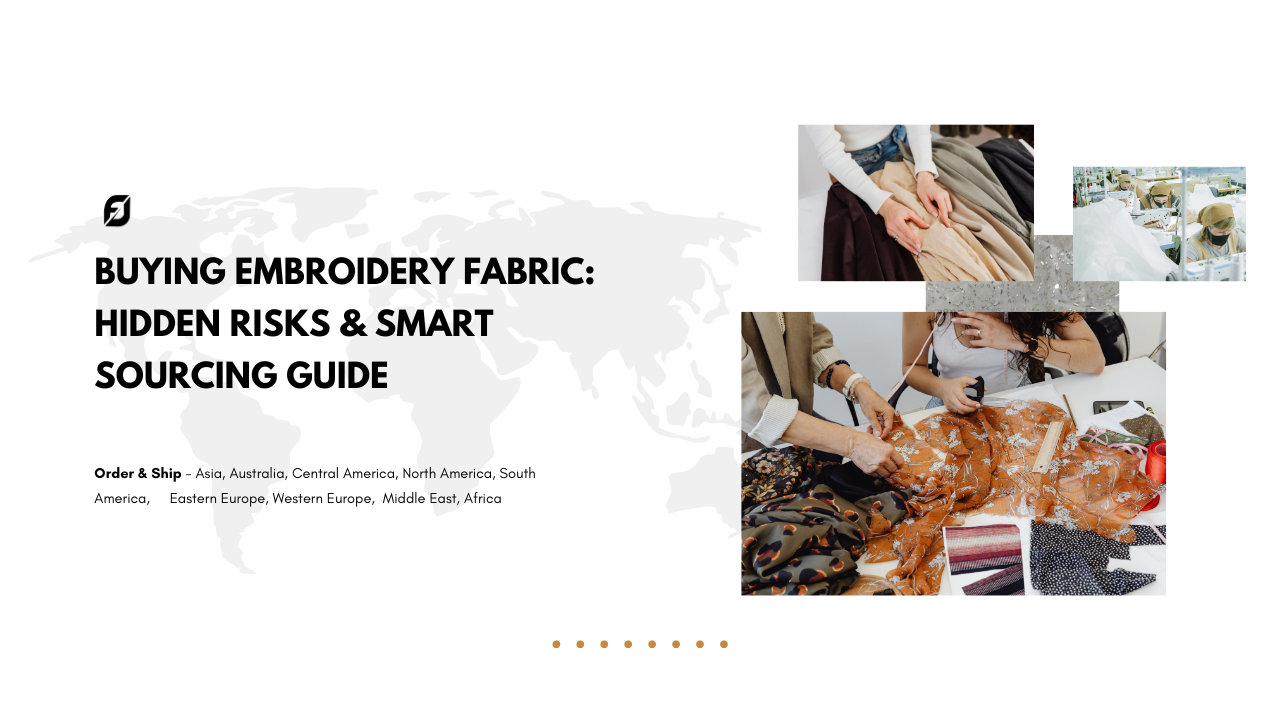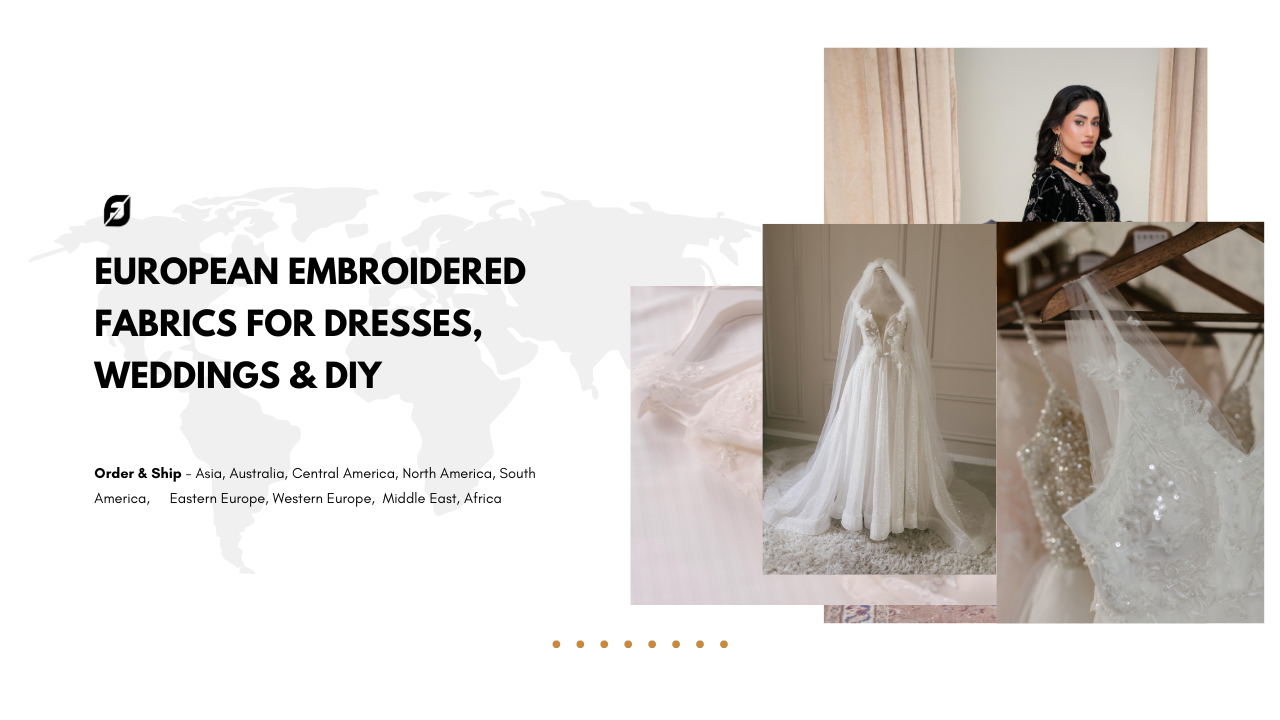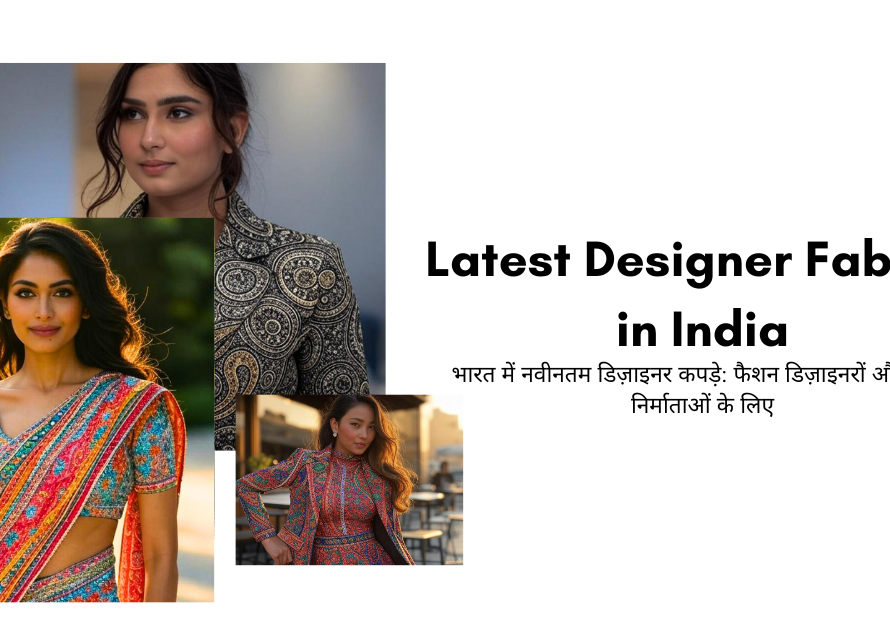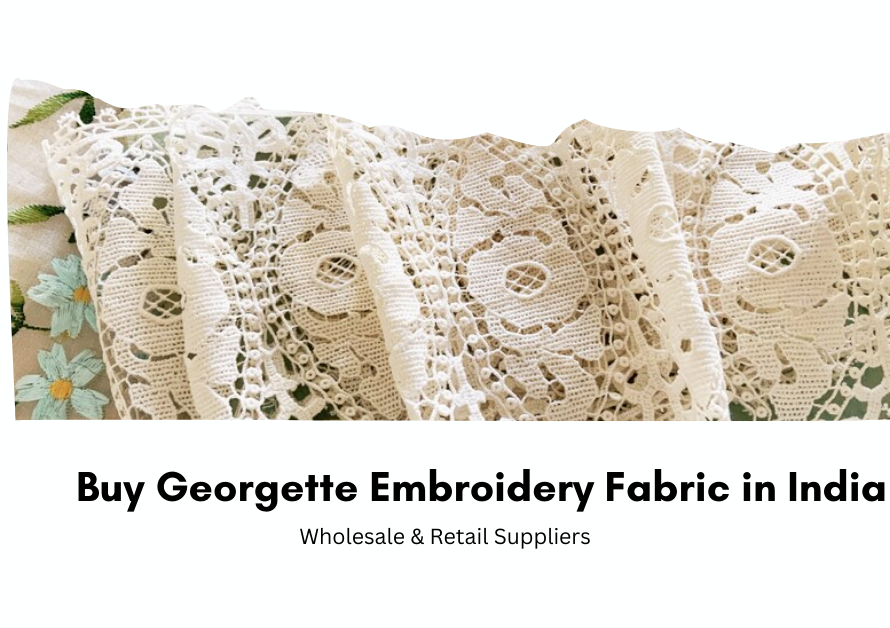Fashion begins where fabric meets imagination — and few fabrics speak as gracefully as embroidery.
From the zari-woven plazos of Jaipur to Paris’s delicately stitched silk trousers, the art of embroidery (Embroidered Bottom Wear) has transcended borders, blending heritage with modern fashion.
Today, embroidered bottom wear — whether a flowing skirt, palazzo, or statement pant — is no longer limited to cultural wear. It’s a global expression of femininity, craftsmanship, and comfort.
The Global Revival of Embroidered Bottom Wear for Women — From Tradition to Modern Runway
This is the story of how timeless Indian artistry is inspiring the world, and how global designers are weaving it into the future of fashion.
The Legacy of Embroidery – A Craft Rooted in Culture
For centuries, embroidery has been a form of storytelling through thread.
Each region of India carries its own distinct stitch — zardozi from Lucknow, chikankari from Awadh, aari from Gujarat, mirror work from Kutch, and kantha from Bengal.
Globally, too, embroidery has always been a mark of status and art:
- Europe celebrated intricate lace embroidery during the Victorian era.
- Middle Eastern artisans used metallic zari threads to decorate kaftans and abayas.
- East Asian cultures stitched silk blossoms on hanfu and kimonos — symbolizing grace and purity.
Across continents, embroidery became a universal symbol of feminine artistry and cultural pride.
Intricate threads & premium texture Printed Fabric
Creative, colorful & always trending Position Printed Fabric
Perfect alignment for standout looks Jacquard Fabric
Rich textures with woven luxury Plain Dyeable (RFD)
Customize colors, your way Pure Dyed Fabrics
Ready-to-stitch brilliance Designer Dupattas
From shimmer to sheer elegance Ready Stocks
Quick ship fabrics in bulk Kurti Fabrics
Comfort meets tradition New Arrivals
Fresh drops, every week
From Traditional to Trendsetting – The Modern Transformation
In the last decade, embroidery has broken free from the boundaries of “occasional wear.”
Designers worldwide are reimagining embroidered bottoms as part of everyday and high-fashion wardrobes.
- India: Mirror-worked plazos and thread-embroidered skirts dominate festive and fusion collections.
- UAE & Saudi Arabia: Metallic gold embroidery enhances contemporary abayas and wide-leg pants.
- Europe & USA: Floral embroidered denim and minimalist stitched linen pants bring a touch of luxury to daily fashion.
- Japan & Korea: Subtle line embroidery on neutral palettes adds refinement to minimal fashion aesthetics.
Whether it’s a Paris runway or a Tokyo street style edit, embroidery has become both nostalgic and progressive — linking cultures through craftsmanship.
The Fabric Behind the Art – Foundation of Every Design
Behind every elegant embroidery lies a carefully chosen fabric that brings the design to life.
At Madhav Fashion, this relationship between material and artistry defines every collection.
Top Fabrics for Embroidered Bottom Wear
| Fabric Type | Texture | Ideal Use |
|---|---|---|
| Viscose Georgette | Lightweight, glossy, drapable | Festive plazos & skirts |
| Cotton & Linen | Breathable, natural texture | Daily embroidered pants |
| Chinon & Organza | Soft shine & graceful fall | Bridal & party skirts |
| Velvet & Satin | Dense, luxurious finish | Winter couture & evening wear |
| RFD/Dyeable Base | Ready for print or embroidery | Custom fashion projects |
👉 Designers’ Tip:
Start with small-quantity sampling from FabricDiary.com, and when your collection is finalized, switch to bulk manufacturing through MadhavFashion.com for consistent quality and global export support.
Global Fashion Trends 2025 – Where Embroidery Meets Innovation
According to Vogue Business and Textile Value Chain, embroidered fabrics are witnessing a 22% rise in global demand — especially in sustainable couture and fusion wear.
Emerging trends include:
- Eco-Thread Embroidery: Use of recycled yarns and natural dyes in European collections.
- Tech-Enabled Craft: Digital embroidery machines maintaining handmade detailing in Japan and Korea.
- Fusion Revival: Indian threadwork combined with Western silhouettes (embroidered trousers, maxi skirts).
- Luxury Resurgence: Beaded and sequin-worked bottoms in the UAE and Italy redefining bridal couture.
Fashion is evolving, but embroidery remains its heartbeat — a mix of artistry, technology, and emotion.
From Artisan Hands to Global Brands – The Madhav Fashion Journey
What began two decades ago in Surat has grown into a global fabric house trusted by fashion designers, exporters, and garment manufacturers across 40+ countries.
At Madhav Fashion, every embroidered fabric is born from:
- Artisan craftsmanship — perfected over generations.
- Modern precision — supported by advanced embroidery machines.
- Sustainable ethics — minimizing waste and preserving traditional techniques.
“Our artisans don’t just stitch designs — they weave dreams into fabric,”
— Rajesh Bhai, Head of Embroidery, Madhav Fashion
Today, Madhav Fashion collaborates with international designers who seek authentic Indian craftsmanship with global finishing standards.
Designer Stories – Threads That Inspire
“We discovered Madhav Fashion while sourcing embroidered viscose for our Paris bridal line. The texture, detailing, and consistency were exquisite. Now 60% of our gowns feature their fabrics.”
— Aurélie L., Bridal Designer, France
“FabricDiary made it easy to order small-quantity embroidered cottons for our Dubai capsule collection — the quality and service were unmatched.”
— Amira K., Boutique Owner, UAE
These are not just collaborations — they’re creative partnerships built on trust, texture, and timeless artistry.
Tips for Global Designers and Fashion Buyers
- Match fabric to silhouette: Lightweight fabrics like georgette for plazos; denser options like velvet for skirts.
- Balance tradition with trend: Mirror work and zari for festive lines, minimalist embroidery for Western markets.
- Always order samples first: Test drape, color fastness, and thread quality.
- Customize responsibly: Choose sustainable base fabrics and OEKO-TEX certified dyes.
- Stay inspired: Follow trends on FabricDiary.com for new embroidered collections and fashion insights.
Collaboration Made Easy – Global Sourcing with FabricDiary & Madhav Fashion
Whether you are a:
- Designer or boutique owner developing your next collection, or
- Garment manufacturer or exporter looking for consistent quality in bulk,
you can:
- Order samples or short runs via FabricDiary (ideal for prototyping).
- Partner for OEM & export production with Madhav Fashion.
- Access shipping support, custom design development, and color matching — all under one roof.
Visit:
FabricDiary.com — For small-quantity luxury fabrics
MadhavFashion.com — For bulk orders & collaborations
When Fashion Rediscovers Its Soul
Embroidery is not just decoration — it’s heritage in motion.
Every stitch carries the rhythm of a hand, the emotion of a story, and the vision of a designer.
From the craftspeople of Surat to the ateliers of Milan and Seoul, embroidery continues to bridge tradition with trend, and culture with couture.
When you choose a Madhav Fashion fabric, you don’t just choose material —
you choose meaning, artistry, and timeless beauty.
FAQs
1. Why is embroidered bottom wear trending globally?
Because it combines comfort, craftsmanship, and culture — making every outfit both wearable and artistic.
2. Which fabrics work best for embroidered plazos and skirts?
Georgette, viscose, cotton, and organza are ideal bases that balance drape and embroidery detail.
3. Can small designers buy directly from FabricDiary?
Yes — FabricDiary offers low minimum order quantities for sampling and boutique collections.
4. Does Madhav Fashion export worldwide?
Absolutely. Orders are shipped safely across 40+ countries with export documentation and tracking.
5. Can embroidery be customized?
Yes — thread color, motif, beads, sequin, and mirror work can all be customized as per brand needs.
6. Are the fabrics sustainable?
Madhav Fashion uses eco-friendly dyes, recyclable packaging, and low-waste production systems.
7. How can designers collaborate for OEM production?
Contact the Madhav Fashion export team via madhavfashion.com/contact for partnership details.
Reference
Vogue Business – Global Textile Trends 2025
Textile Value Chain – Fabric Market Report 2024-25
Statista – Global Apparel & Fabric Market Growth Forecast






